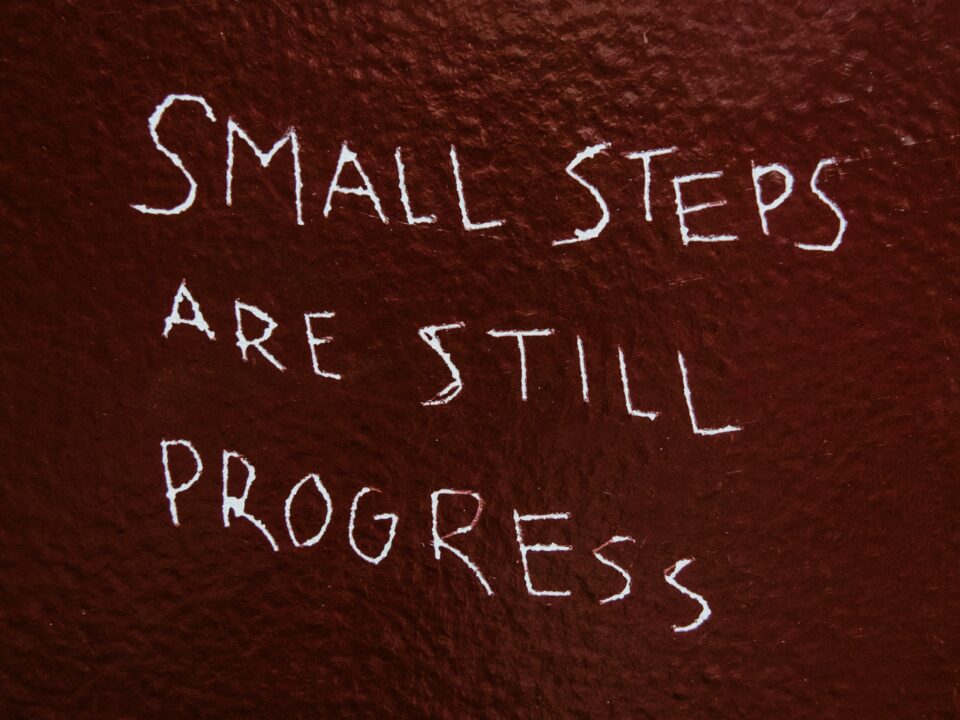
Boosting team productivity: strategies for effective collaboration in the workplace
July 6, 2023
Modern leadership: Mastering the art of influence and persuasion
September 8, 2023The fear of saying no to our managers at work often weighs heavily on our minds. As employees, we strive to be liked, and seen as productive and valued team members, which can lead to a habit of saying ‘yes’ to every request that comes our way. However, constantly taking on more than we can handle leads to overwhelming workloads, increased stress, and less ability to prioritise effectively.
In this blog, we’ll explore the importance of assertiveness and discuss strategies for learning to say no to your boss in a professional and constructive way.
Understand why you’re saying no
When confronted with a new task or project, take a moment to understand why you feel inclined to say no. It could be due to conflicting priorities, an excessive workload, or a need to focus on higher-priority projects. By identifying and acknowledging your reasons for saying no, you gain clarity and confidence in your decision-making.
Recognise your priorities
Your boss may have different priorities and expectations than you do. Take the time to align your priorities with the organisation’s goals and objectives, as well as your own professional growth. When a request comes in, assess how it aligns with your priorities and evaluate whether it is worth your time and energy. This allows you to make informed decisions about what tasks deserve your attention.
Communicate your workload
Never assume that your boss is aware of your current workload or how busy you are. Proactively communicate your existing commitments and deadlines when declining a new request. By sharing your workload, you provide your boss with a clear understanding of your capacity and demonstrate that you are responsible and dedicated to meeting your existing obligations.
Develop effective prioritisation skills
Mastering the art of prioritisation is essential for managing your workload and making informed decisions about what tasks to accept or decline. Create a system for prioritising tasks based on deadlines, importance, and impact. Regularly review and adjust your priorities as new requests arise. This allows you to focus on high-impact projects and manage your time effectively. You can read more about prioritising your workload in our previous blog.
Practice assertive communication
A 2022 study found that only 1 in 5 people believe they are naturally assertive at work. Assertiveness is key when pushing back on your boss. Approach the conversation with confidence, professionalism, and respect. Clearly state your reasons for declining the request, emphasising your current workload, priorities, and commitment to delivering quality work.
Seek win-win solutions
When saying no to your boss, aim for win-win solutions whenever possible. Offer suggestions or propose alternative approaches that might address the issue without compromising your current workload or priorities. This demonstrates your willingness to be flexible and proactive in finding solutions that benefit both parties.
Are you ready to work on your assertiveness? Cube Learning and Development delivers tailor-made training and development programmes for your teams along with personal coaching to help with effective communication and presentation. For a no-obligation chat about this and our other training, call Chris Burton on 07879 602002.
Featured image courtesy of unsplash – Daniel Herron




